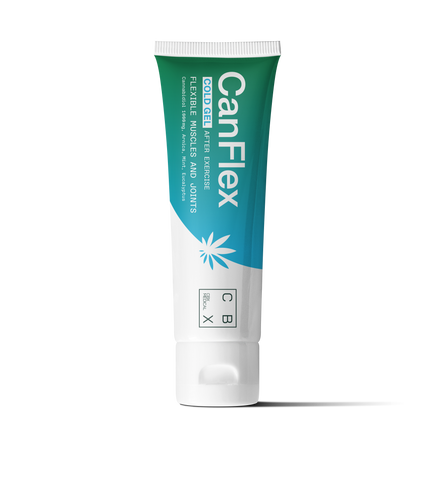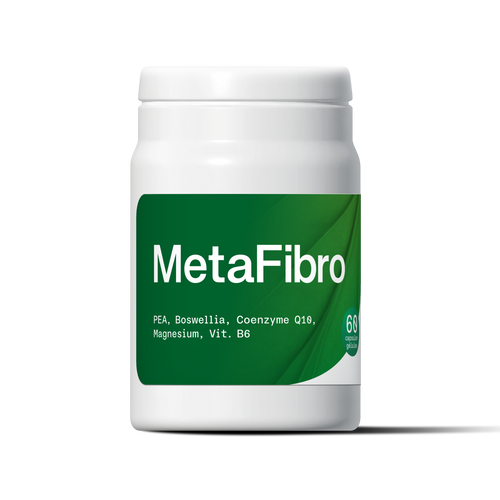CBD is a molecule from the cannabis plant. It is consumed today in various forms described in this article.
Hemp or cannabis, from its botanical name cannabis sativa, is a plant that contains more than a hundred cannabinoids. These are active substances that interact with the human body via the endocannabinoid system . Some of these cannabinoids may have benefits, such as CBD.
What is this molecule and how to consume it. The answers in this practical guide.
CBD: a molecule from the hemp plant
CBD is an organic molecule extracted from the hemp plant — cultivated for thousands of years for possible medicinal benefits and to make fabrics. It is the second cannabinoid most commonly found in cannabis, after THC. But unlike the latter, CBD does not have a psychotic effect. Furthermore, it does not create addiction. On the contrary, CBD would have therapeutic virtues. Thus, it helps to relax, reduce pain, fight against depression, etc.), which is why its sale is completely legal in many countries, notably in the United States.
According to stories, CBD was first extracted from cannabis in the 1940s by a group of researchers at the University of Illinois. At first, cannabidiol was considered a toxic substance. But the work of Israeli researcher Raphaël Mechoulam in the 1960s highlighted the virtues of CBD. Since then, it has been the subject of several scientific studies. Its effects on anxiety and pain as well as its possible benefits on degenerative diseases have led to CBD being used in pharmacology today.
In its purest form, cannabidiol comes in the form of crystals. But, processed and mixed with other materials, it can also be found in the form of oil, cream, food supplements, capsules, e-liquids, etc. thus offering several consumption possibilities.
Statistics: how do people consume CBD?
Since Europe legalized CBD consumption, it has started to gain traction. In fact, more and more consumers are finding out about the substance and considering it as a possible alternative to relieve several ailments. However, CBD does not replace medical treatment and it is always advisable to seek the advice of a doctor before consuming it to avoid drug interactions. Furthermore, it is strongly not recommended for pregnant or breastfeeding women and children.
In 2018, a study carried out among 759 French consumers aged 18 to 70 highlighted the following statistics:
- 69% of consumers are men compared to 31% women.
- Those aged 25 to 45 are the biggest consumers, at 65%. 18 to 25 year olds represent only 16% and 8% for seniors.
- 89% of consumers take CBD in the form of e-liquid, because it is more affordable and offers a range of flavors (fruity, gourmet, etc.). The rest is consumed in order in the form of oil, capsules, crystals and flowers.
In Belgium, nearly 23% of the population aged 15 to 64 admit to having already used cannabis at least once in their life (HIS survey carried out in 2018).
CBD in topical form (cream)
After pharmacology, cosmetology has also adopted CBD for its anti-oxidant, anti-seborrheic and anti-inflammatory skin protection properties. Dermal or local application helps alleviate localized pain or treat a damaged area of skin. So, unlike smoking CBD or inhaling CBD, topical CBD does not enter the bloodstream.
Today, many cosmetic products contain cannabidiol, including creams, ointments, balms, lubricants, serums, roll-on deodorants, etc. Topical CBD would be used, among other things, for:
- Moisturize and regenerate facial skin.
- Treat acne and psoriasis.
- Reduce burns and insect bites.
- Accelerate healing.
- Eliminate cramps and aches in athletes.
- Etc.
CBD cream would also be recommended for prevention. For treatments of joint pain (arthritis among others), the conditional is required. Indeed, the studies carried out on this subject were carried out on animals. No human studies have yet been performed.
For greater effectiveness, it is important to choose a cream with CBD and natural active components such as arnika, peppermint, aloe vera, lavender, shea butter, hyaluronic acid...
CBD in oral form (oils, gummies, food supplements, infusions, etc.)
CBD consumption in oral form is one of the most used, because it offers several possibilities. Indeed, CBD can be ingested in the form of oils, food supplements , infusions, gummies, etc.
CBD oil is the simplest way to consume this substance orally. It can be swallowed as is or mixed with food to reduce its taste.
According to studies, consuming CBD orally is less effective compared to certain other methods of consumption. The explanation would be that CBD, once ingested, is absorbed by the digestive system. It is then metabolized by the liver before being transmitted to the blood, which greatly reduces the concentration of its compounds. Despite this, oral consumption would allow you to benefit from the effects of CBD on the entire body for a longer period of time.
Furthermore, in Europe, CBD (as well as other cannabinoids) is still under Novel Food legislation, which means that it cannot be ingested. CBX Medical therefore strongly recommends following the laws in force in the various countries and has, to date, made the decision to only produce topical products.

CBD in inhalation form
CBD in the form of inhalation offers several methods of consumption: CBD for smoking (cannabis flowers), electronic cigarettes, sublingual route. Consumption by air prevents the metabolization of CBD molecules by the liver. Thus, the bioavailability rate is high. As a result, the effects are faster and more intense. Please note, the consumption of cannabis flowers is prohibited in most European countries, notably in Belgium and France, in particular because the THC level can go beyond 0.3%.
CBD e-liquids are the most appreciated by consumers, as mentioned above. They come in different aromas and flavors to suit all tastes. E-liquids can contain a high percentage of CBD which must be mixed with a neutral base or already prepared. Even if they contain CBD in low doses, their consumption should be limited, because at present the long-term effects of cannabidiol electronic cigarettes on the body are not yet known.
Legal status: how can it be consumed?
Overall, CBD can be ingested, vaped or smoked, is accepted in Canada/USA and “tolerated” in certain European countries. For the uninitiated, it is therefore preferable to take cannabidiol in liquid form or food supplements with a THC level of less than or equal to 2.5 mg per serving.
For some people, it may take up to 4 hours for the effects to be felt. It is therefore prohibited to take CBD again in the hours following a first intake to avoid overintoxication. In the event of extreme overconsumption, certain side effects could appear: most often nausea, vomiting, panic or anxiety attacks, etc.
In Belgium, the law is vague on the consumption of CBD. Indeed, on the one hand, it tolerates the consumption of cannabis, provided that the THC level is less than 0.2%. on the other, it stipulates that any consumption of products containing cannabinoids [in particular food supplements considered by legislation to be novel foods] - whatever its percentage - is prohibited in Belgium . On the other hand, teas and infusions made from hemp leaves and flowers are accepted.
As a result, it is prohibited to sell or buy CBD oil for oral/sublingual use in the country. However, Belgian pharmacists are able to dispense authorized cannabis-based medicines, but only on medical prescription. Likewise, they can sell compounded preparations based on CBD under certain conditions.
CBX medical is the first player to offer a range of 100% legal topical products in pharmacies, and today recommends this use



